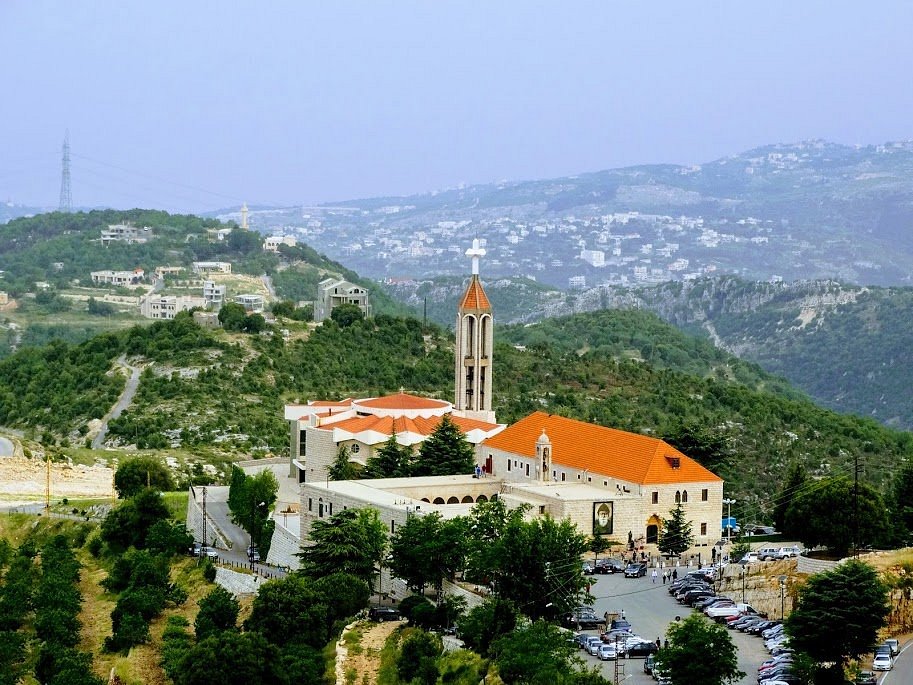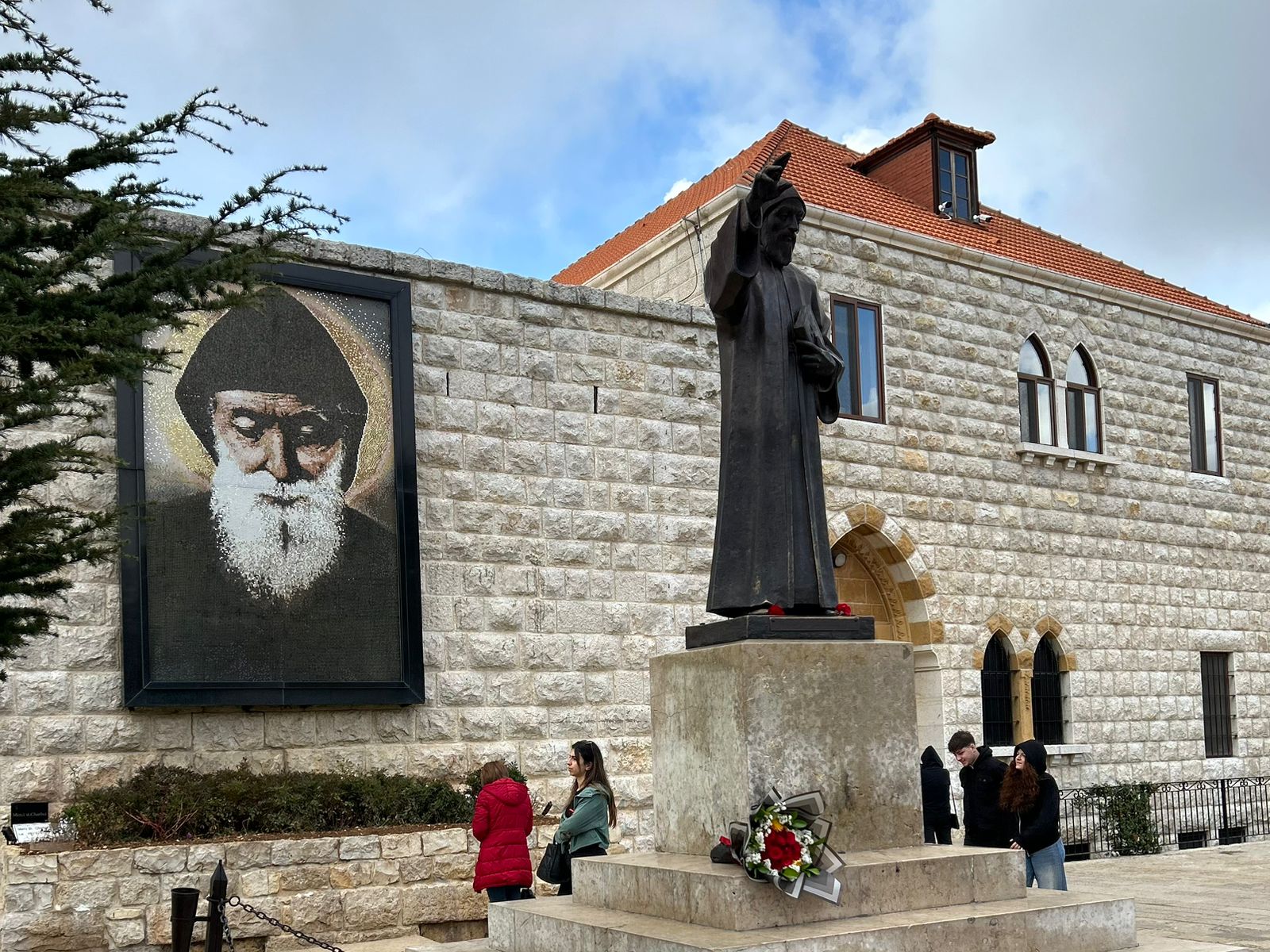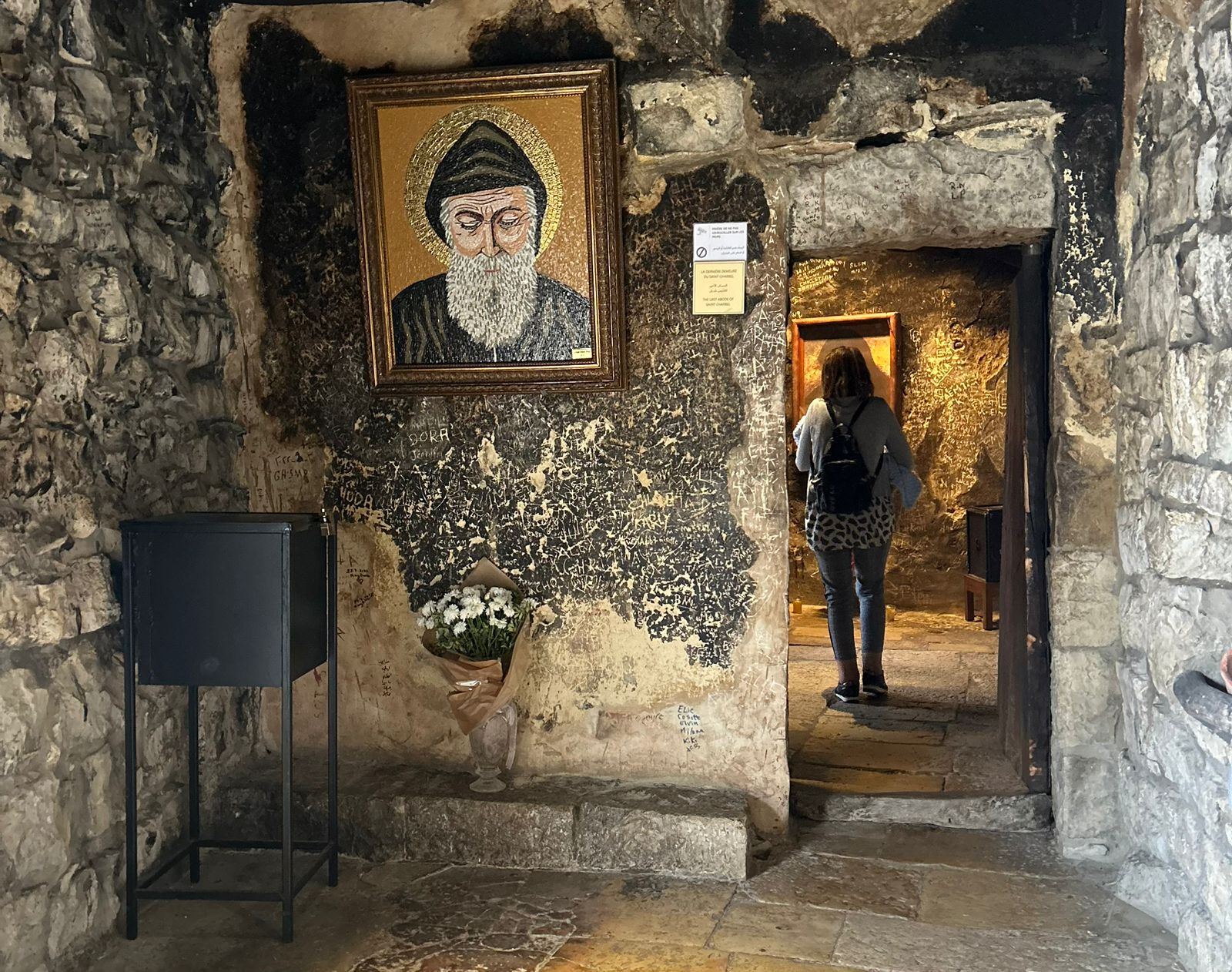Saint Charbel Makhlouf, a Maronite monk from Lebanon, is one of the most revered saints in the country and worldwide, known for his piety, devotion and miraculous intercessions. Born on May 8, 1828, in Bekaa Kafra, a small village in the mountains of northern Lebanon, Youssef Antoun Makhlouf, as he was named, grew up in a devout Christian family. From a young age, he demonstrated a deep commitment to prayer, often retreating to a nearby grotto for solitude and spiritual reflection. This early life of devotion set him on a path that would eventually lead him to the monastic life and, later, sainthood.

Journey to the monastery
In 1851, at the age of 23, Youssef left his family and entered the Monastery of Our Lady in Mayfouq. Soon after, he moved to the Monastery of Saint Maroun in Annaya, where he took on the monastic name Charbel, after a 2nd-century Christian martyr. Here, he embraced the Maronite monastic life of silence, solitude and asceticism.
In 1859, Charbel was ordained a priest, and he devoted himself entirely to prayer and work, living a life of extreme humility, abstaining from worldly pleasures and dedicating himself to God.
For the next 23 years, he lived as a hermit in the hermitage of Saints Peter and Paul near the Annaya monastery. His life was marked by intense prayer, meditation, and physical penance. Charbel’s unwavering dedication to his faith, especially his devotion to the Eucharist, was an inspiration to those around him, and many sought his advice and prayers, as they believed him to have a unique closeness to God.
Death and the first miracle
Father Charbel passed away on December 24, 1898, at the age of 70, after suffering a stroke while celebrating the Eucharist. His death, however, marked the beginning of a series of miraculous events that would continue to the present day. After his burial, a mysterious light began emanating from his tomb, visible for 45 consecutive nights. Monks and villagers witnessed this phenomenon, sparking curiosity and leading to the exhumation of his body.
When his body was unearthed, it was found to be perfectly preserved, free of any decay, and even emitting a strange oil that seemed to flow from it. This incorruptibility was extraordinary and led to further investigations by church authorities. Over the years, the oil was distributed to the faithful, many of whom reported miraculous healings after receiving it.

Famous miracles attributed to Saint Charbel
Saint Charbel’s miracles extend beyond his life, as countless people around the world claim to have been healed through his intercession. Some of the most famous miracles include:
The healing of Nohad El Shami
In 1993, Nohad El Shami, a Lebanese woman, was bedridden due to a serious illness that had paralyzed her. After praying fervently to Saint Charbel, she had a dream where he appeared to her, touching her neck and performing surgery. When she woke, her paralysis was gone, and she was able to walk. To this day, she bears the scars from that miraculous experience, and she continues to visit the monastery in Annaya on the 22nd of every month.
Healing of the blind and the disabled
Many cases involve people suffering from blindness, paralysis and chronic illnesses. One documented miracle involved a blind man who regained his sight after praying at Saint Charbel’s tomb and applying oil from the monastery. Other cases include people with chronic pain, cancer and other serious ailments who claimed to have experienced sudden, complete healing.
Miracles beyond Lebanon
Saint Charbel’s fame and miraculous powers are not limited to Lebanon. Devotees worldwide, particularly in Europe, the Americas and Australia, report receiving graces after praying to Saint Charbel. His popularity in places with large Lebanese communities has resulted in numerous shrines and churches dedicated to him internationally.

Saint Charbel’s tomb in Annaya
Located in the Monastery of Saint Maron in Annaya, Saint Charbel’s final resting place has become one of Lebanon’s most visited pilgrimage sites. Every year, millions of people travel from around the world to pray at his tomb, seek healing and offer gratitude for miracles they attribute to his intercession. The site includes the hermitage where Saint Charbel spent his final years, as well as the church and a large plaza where special masses and prayers are held.
The monastery preserves artifacts from his life, including his simple belongings, his monastic habit and the altar where he prayed. Pilgrims find inspiration in the simplicity of his cell, where he led an austere life, as well as in the serene surroundings that reflect his deep commitment to solitude and prayer.
The monastery also maintains a wall of gratitude, covered in plaques and messages from individuals who have experienced miracles. This wall stands as a powerful testament to the ongoing impact of Saint Charbel’s intercessions in people’s lives. Additionally, the sanctuary offers special services for anointing the sick with Saint Charbel’s oil, believed to carry healing properties.
Accommodation options near Annaya:
BEIT NOUN
View this post on Instagram
A beautiful 100-year-old family home nestled in Mechmech, Lebanon.
Phone number: +961 3 272 121.
CASADAR
View this post on Instagram
Casadar offers spacious rooms, private pools, a Roman bath, and a cozy clubhouse.
Phone number: +961 3019059
IVY BY MAKANI
View this post on Instagram
Offering a captivating view, overlooking the St. Charbel site.
Phone number: +961 79 169189
SAQI GUESTHOUSE
View this post on Instagram
A 200-year-old monastery transformed into a delightful guesthouse.
Phone number: +961 3 279 849
If you liked reading this, check out our other articles on religious tourism in Lebanon.
Loading
